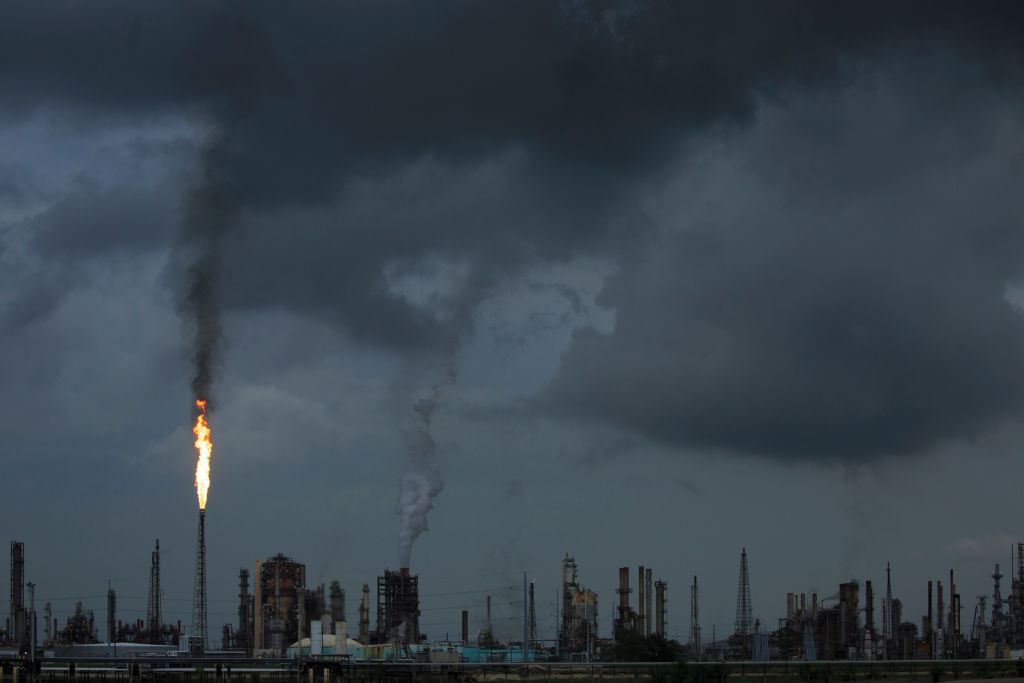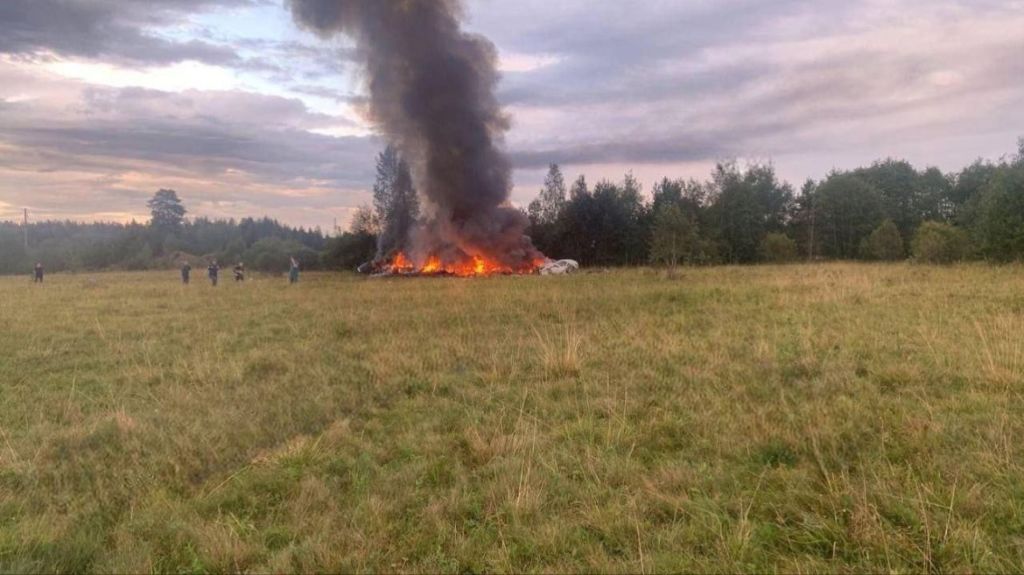U.S. air quality monitors have a terrible record of detecting even the most obvious pollution


The United States' network of 3,900 air monitoring devices across the country routinely miss "major toxic releases and day-to-day pollution dangers," Reuters reports after examining data from the Environmental Protection Agency.
The air monitoring system failed to detect any risk from 10 of the biggest oil refinery explosions from the past decade, despite thousands of people requiring hospitalization and the refineries themselves reporting toxic emissions to regulators, Reuters notes.
In one example from a refinery explosion in Philadelphia last year, the refinery owner told regulators the blast released nearly 700,000 of hazardous chemicals and 3,200 pounds of hydrofluoric acid. Yet, the city's Air Quality Index showed the day was one of the cleanest of 2019, a statistic Johns Hopkins University environmental engineering professor Peter DeCarlo called "crazy."
The Week
Escape your echo chamber. Get the facts behind the news, plus analysis from multiple perspectives.

Sign up for The Week's Free Newsletters
From our morning news briefing to a weekly Good News Newsletter, get the best of The Week delivered directly to your inbox.
From our morning news briefing to a weekly Good News Newsletter, get the best of The Week delivered directly to your inbox.
In some cases, dangerous air quality levels are missed because there are no monitors for small particle pollution present in the first place, Reuters reports. An oil refinery in Superior, Wisconsin, experienced a leak of 17,000 barrels of asphalt in 2018, covering the city in black smoke. But Superior's population of 27,000 is considered too small to require permanent government air pollution monitors nearby despite the presence of the refinery, a spokeswoman for the Wisconsin Department of Natural Resources told Reuters. Read more about the system's failures at Reuters.
A free daily email with the biggest news stories of the day – and the best features from TheWeek.com
Tim is a staff writer at The Week and has contributed to Bedford and Bowery and The New York Transatlantic. He is a graduate of Occidental College and NYU's journalism school. Tim enjoys writing about baseball, Europe, and extinct megafauna. He lives in New York City.
-
 Russia’s ‘weird’ campaign to boost its birth rate
Russia’s ‘weird’ campaign to boost its birth rateUnder the Radar Demographic crisis spurs lawmakers to take increasingly desperate measures
-
 Could smaller cars bring down vehicle prices?
Could smaller cars bring down vehicle prices?Today’s Big Question Trump seems to think so, but experts aren’t so sure
-
 2025’s most notable new albums
2025’s most notable new albumsThe Week Recommends These were some of the finest releases of the past year
-
 Nobody seems surprised Wagner's Prigozhin died under suspicious circumstances
Nobody seems surprised Wagner's Prigozhin died under suspicious circumstancesSpeed Read
-
 Western mountain climbers allegedly left Pakistani porter to die on K2
Western mountain climbers allegedly left Pakistani porter to die on K2Speed Read
-
 'Circular saw blades' divide controversial Rio Grande buoys installed by Texas governor
'Circular saw blades' divide controversial Rio Grande buoys installed by Texas governorSpeed Read
-
 Los Angeles city workers stage 1-day walkout over labor conditions
Los Angeles city workers stage 1-day walkout over labor conditionsSpeed Read
-
 Mega Millions jackpot climbs to an estimated $1.55 billion
Mega Millions jackpot climbs to an estimated $1.55 billionSpeed Read
-
 Bangladesh dealing with worst dengue fever outbreak on record
Bangladesh dealing with worst dengue fever outbreak on recordSpeed Read
-
 Glacial outburst flooding in Juneau destroys homes
Glacial outburst flooding in Juneau destroys homesSpeed Read
-
 Scotland seeking 'monster hunters' to search for fabled Loch Ness creature
Scotland seeking 'monster hunters' to search for fabled Loch Ness creatureSpeed Read
